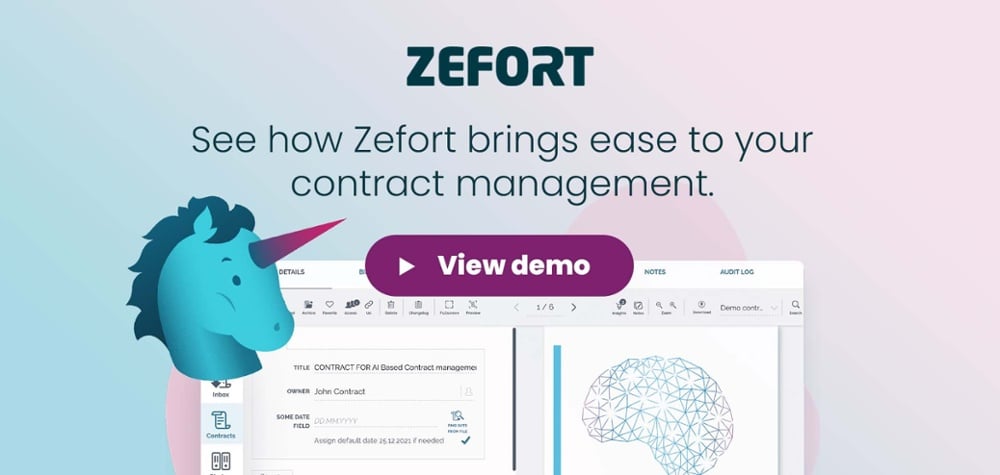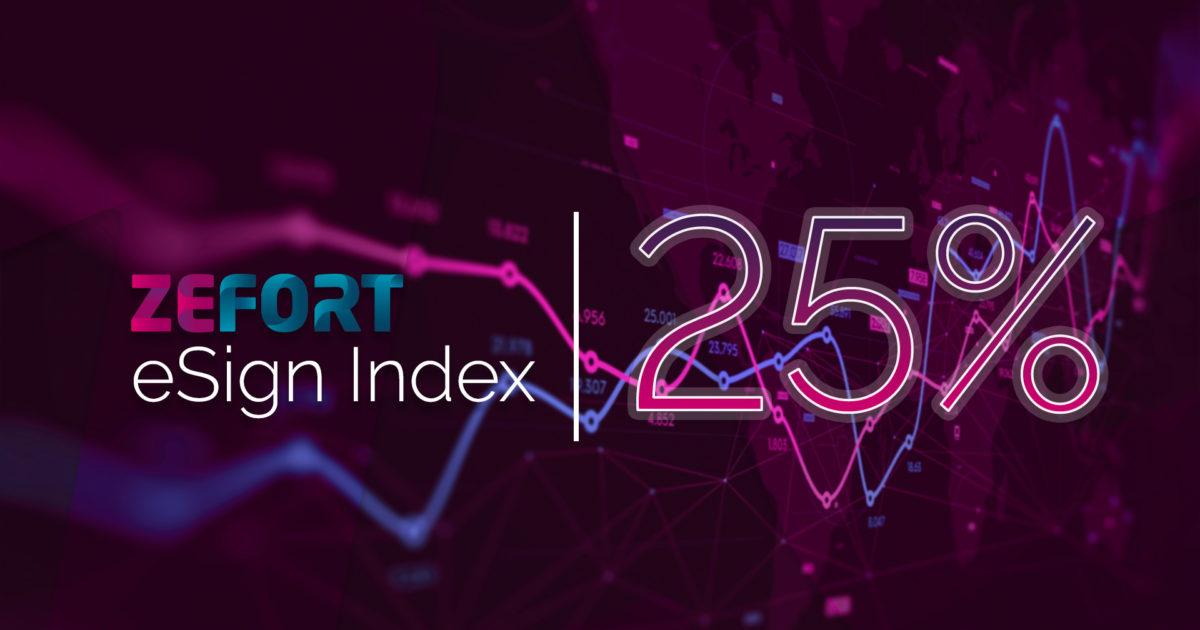When talking about the state of companies’ contract management, you can define specific phases that organizations typically go through as their business evolves. At which phase is your company right now?
Early phase: Contracts stored on personal computers or email inboxes
At this phase, every company department and even individual employees have their own habits of saving contracts on computer desktops or email conversations. This is a typical phase for companies that are just starting up.
Business contracts tend to be treated the same way as personal contracts for insurance or electricity, for example – with no real control and visibility over the exact contractual terms. When everything depends on your personal memory, the business risks mount up quickly.
Phase 1: Contracts in shared folders
In this first phase of actual contract management, a growing company creates shared folders on Google Drive, Dropbox, or a network drive of its own. Every employee or hand-picked person can access the documents in the folder tree.
As the information is in different silos, reporting takes a fair amount of manual work: the IT department must annually seek contracts to make an Excel sheet of all new technologies, their contract periods, and costs, for example. In this solution, it’s also likely that all contracts do not end up in the right place.
Even though the licensing costs for shared folders are next to nothing, the costs add up in terms of manual work or missing the deadline for terminating automatic renewals, for example. There’s also a security concern: the folder might still be shared to someone who should no longer have access to it. What’s more, the service provider might be legally entitled to view and manage sensitive content in the files – you really should also read the fine print in the Terms & Conditions.
Phase 2: All-inclusive document management system
In the second phase, the company has started using a centralized solution for managing all documents, including contracts. There’s a great variety of document management systems (DMS solutions) in the market, such as Microsoft SharePoint or M-Files.
However, generic DMS solutions are often not tailored to contract management in particular. Taking them into use usually involves a full-blown IT project and the costs get easily pretty high, especially with any custom configuration. If using the tool in everyday work is considered cumbersome, contracts won’t get uploaded and remain in personal inboxes, Drive folders and Trello boards – essentially stepping the company backwards to the previous phase.
👉 Learn from our Migration guide on how to choose the right Contract Lifecycle Management (CLM) system
Phase 3: Dedicated, modern contract management system
In the ultimate phase, companies have realized that a modern contract management solution can reduce the manual work by expensive experts and generate significant cost savings. There are lots of features helping everyday use: adding new contracts to the system takes just a few clicks, an AI analyzes the documents instantly and automatic reminders keep you up to date on important contractual dates, for example.
👉 More to read: 10 Must Have Features Best Contract Management Software Should Have
In reality, contracts are active documents that can be appended and revised. That’s why it is important that contract appendices and email conversations between the contract parties can also be saved together with the contract.
Further, in a modern solution, it is easy for the admin user to manage access and read/write rights. When all contractual information (such as customer, employment, and purchase contracts, and board minutes) are stored in a centralized tool, you can get a comprehensive birds-eye view of the company’s commitments. When you have this information, you can reduce and manage your risks.

Image: The evolution of contract management – risks and benefits
Want to jump directly to the finish line?
The good news is that you don’t have to take the time to go through all these evolutionary phases. You can take a shortcut and jump directly to a modern contract management tool that lets you build a sustainable model that scales according to your needs.
By now, you probably don’t need any further information on who can provide you with such a solution? Let’s get started today!






